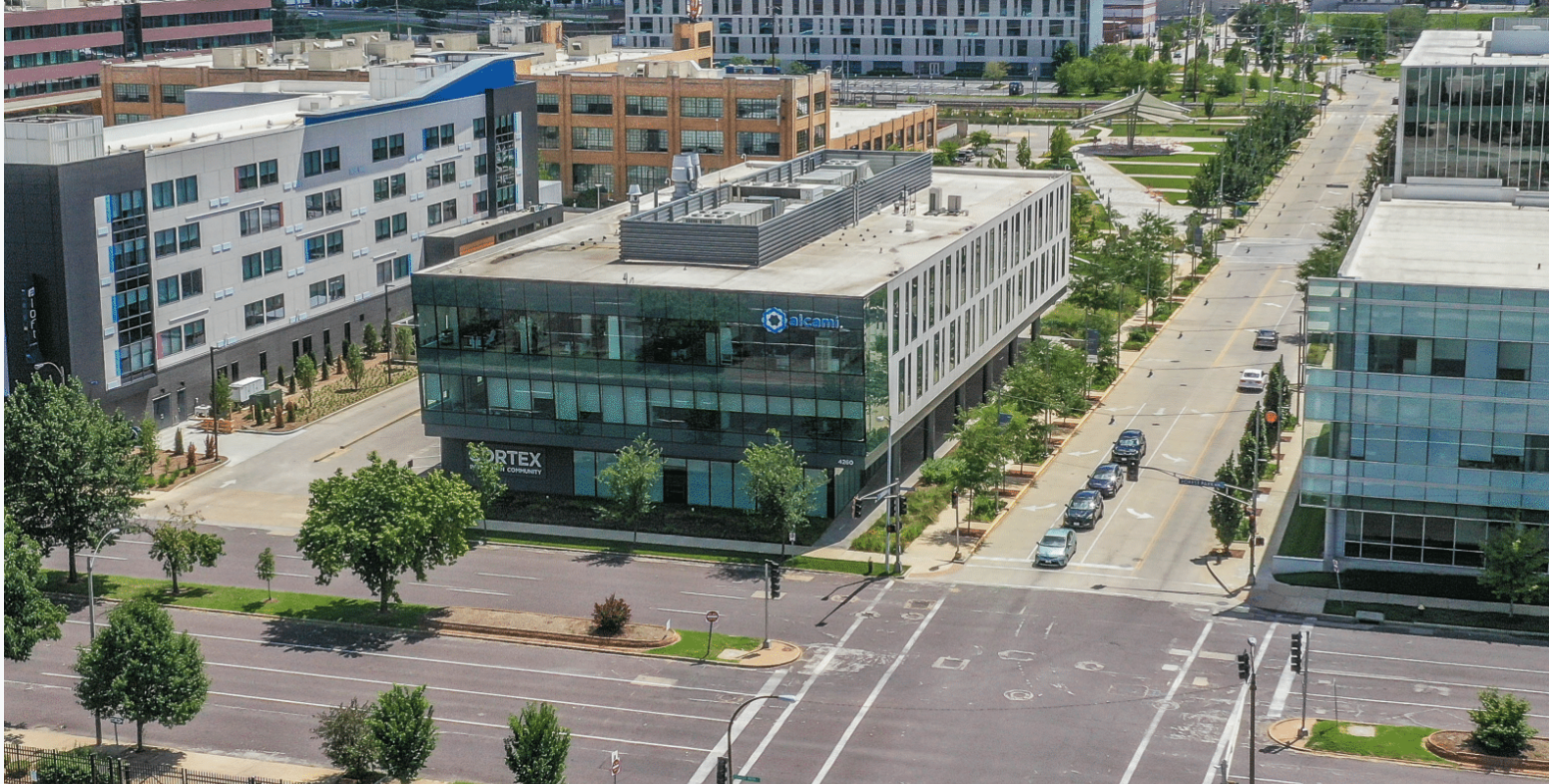City Cases
The Lab's City Cases – modeled after the case studies of the Central Indiana Corporate Partnership and the Copenhagen City & Port Development Corporation that appear in The New Localism - provide deep, objective research on proven financial instruments, capturing and codifying the best structural solutions and exploring ways they could be adapted to cities with different legal systems, governance structures and economic starting points.

The Cincinnati Center City Development Corporation (3CDC) is a non-profit, privately led real estate development and finance organization established in 2003 by Cincinnati's corporate and civic leaders. Its purpose is to spearhead the redevelopment of Cincinnati's Central Business District and the adjacent Over-the-Rhine (OTR) neighborhood. This initiative began with the revitalization of Fountain Square and extended to broader areas within the city.
Learn More

WPSI was founded by the University City District in 2012 to connect ambitious, under-resourced residents with specialized employers – such as hospitals, universities, transportation authorities, and laboratories – in West Philly. WPSI follows an established process that produces work-ready graduates for a variety of industries. Unlike traditional workforce development organizations, WPSI provides training only to the number of participants its employer partners are able to hire.
Learn More

The Cortex Innovation Community, located in the Central West End of St. Louis, is ranked as one of the top five innovation districts in the world. Founded in 2002 and built within a blighted 200-acre former industrial area, the district generated $2.1 billion in economic output for the St. Louis region in 2018. In February 2020, almost 6,000 employees worked in Cortex. This City Case details how Cortex originated, how it has evolved, and what its impact has been on the St. Louis economy.
Learn More

Kensington Corridor Trust or KCT is a neighborhood trust started in 2019 whose mission is to acquire and redevelop real estate on a disinvested commercial corridor and place it into long-term community control to preserve culture and affordability while building neighborhood power and wealth.
Learn More